Designing Polska at Tent London
Our interview with the show’s curator on the current boom of Polish design and where it’s headed next

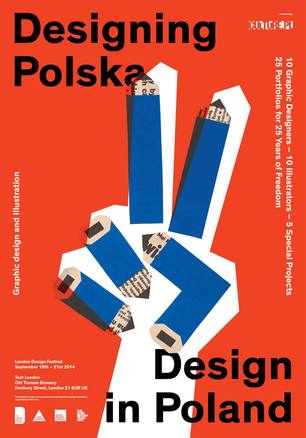
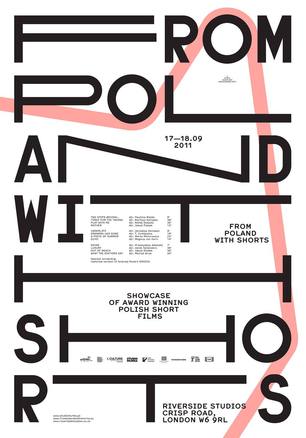
At Tent London, part of London Design Festival, some of the most interesting spaces to visit for design-hungry visitors are the country pavilions, delivering an overview of what the creative talents in each place are working on right now. Among them are 100% Norway (which we covered last month), and our new favorite Designing Polska, which offers an extensive look at the best graphic designers and illustrators in Poland. The space showcases new graphic design in prints and books, as well as clothes and crockery, and gives an exciting insight into Poland’s relatively unknown, yet thriving design scene.
In a time when digital design and publications are increasingly permeating everyday life, it’s intriguing to see how the printed word (and graphics) are still king in Poland. Some of the most eye-catching pieces at Designing Polska can be found in the selection of books on display,while illustrators Aleksandra Mizielińska and Daniel Mizieliński’s wonderful Maps books for kids are more than capable of drawing any child (and adult) away from the internet.
Though the scene may not receive immense coverage, many of Designing Polska’s contributors also have successful international careers, including the show’s curator Olka Osadzinska, who has worked with Reebok and Absolut, among others. CH spoke with Osadzinska to get the lowdown on the flourishing Polish design industry and to find out what we can expect from the country in the future.


Why do you think there are so many talented graphic designers coming out of Poland at the moment?
The scene is really booming and there is so much creative talent there—and so much to be designed. Everything you see in the streets of Warsaw right now has been designed in the last three years—new cafes, new stores, new brands. You have all the articles about Poland’s blooming economy and exactly the same thing is happening in design and illustration.
How did you choose which designers to show at London Design Festival?
We brought 10 graphic designers, five illustrators and five children’s illustrators, but we could have brought 50. It was difficult for me to choose who to show, but we really wanted to consider the fact that we’re showing at Tent London, which is very design-orientated but also very commercial in a way. We wanted to show these illustrators and designers because they focus on design and work closely with artists; they set up exhibitions and design brand identities. We thought that displaying their work might not only create more fans of Polish design, but that it could also help the designers find potential partners for future collaborations.
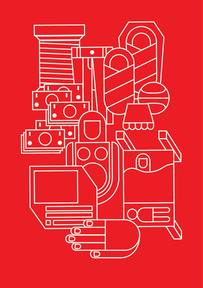
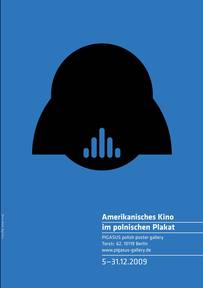
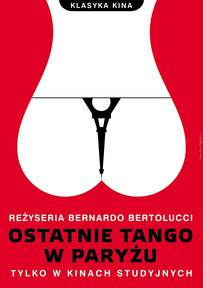
Do you feel that Polish designers have started to reach a more international audience lately?
I think so. Many of the ones we’re showing are working internationally, and we’re not even including many who are more well-known abroad, because they are not designing that much stuff in Poland. Most of the designers working in Poland have foreign clients, but they are extremely shy when it comes to showcasing their work abroad. That’s why I’m so proud of this exhibition, because we can show how amazing their work is.
Do you think that the graphic design scene will continue to grow and expand in Poland?
We have a very solid group right now, and I don’t see why new designers wouldn’t emerge, but we’re also facing the same problem as every other market. You have lots of talented kids who are eager to work, but they’re on Tumblr and Pinterest and they basically all do the same stuff. So I would say that what we have now is a very unique scene, with people who worked their way through different influences, pre-internet. The designers we’re showing here are between [ages] 26 and 40, and probably started Googling things and researching things when they had already shaped visually. The ones that have a really unique style have mastered it over time.
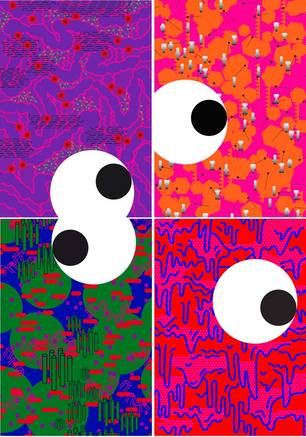
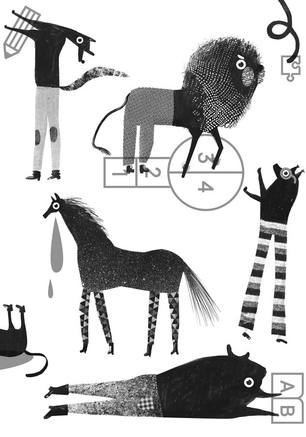
Is there a thread to the work, something that is representative of Polish design?
I think Polish graphic designers are similar to Swiss—you can see the Swiss influence in many portfolios. The design is heavily rooted in typography and very solid, “modern” graphic design. At the same time, Polish art schools are traditional when it comes to crafts and actually creating things with your hands, so they mix illustrations, paint, collages—it’s all handmade. So I would say it’s a combination of Swiss design and more traditional, paint-like, fine art work. We had amazing graphic designers in the ’50s, ’60s and ’70s, and Polish designers today are very aware of the history of Polish design. I think one of the biggest influences on the designers is the period between the two World Wars—that was when Warsaw was booming and the Polish economy was growing, like it is now.
“Designing Polska” is currently on show at Tent London as part of London Design Festival until 21 September 2014.
Images courtesy of Designing Polska












